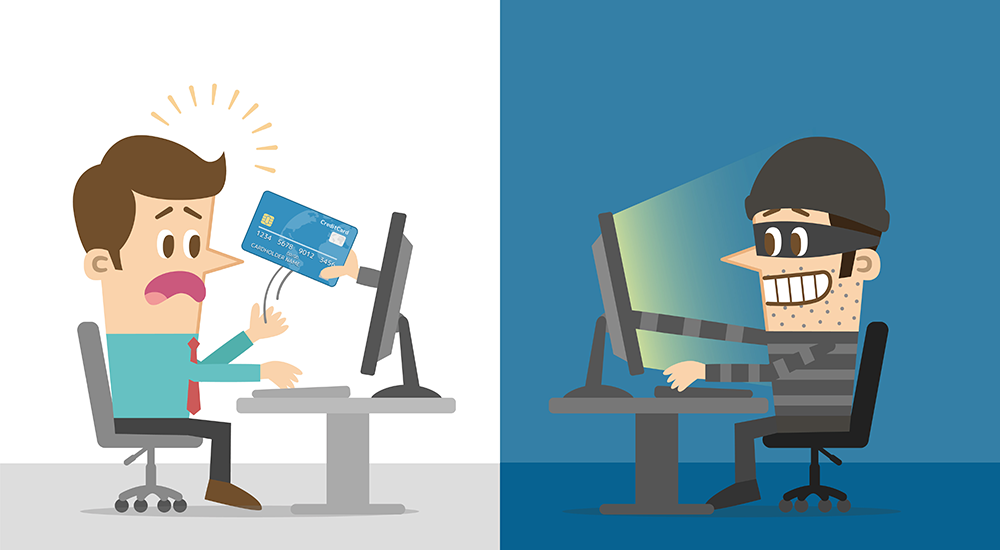M a s t e rM i d o r i y a

Lesson 1: Identity Theft Protection
Identity Theft
You receieve a random email that says you won a million dollars! Score, right? Wrong! This is just one of many ways virtual thieves will try to steal your identity!
Identity theft is a significant growing concern in our increasingly-cyber society. As more and more aspects of our daily lives migrate to the worldwide web, so do the virtual threats.
So what exactly is identity theft? Well to put it simple, identity theft is when someone gets ahold of your private information (your name, Social Security Number, bank account information, etc.) and uses it to illegally take advantage of you. Identity thieves may use your information to change your billing address for certain services, open up new credit cards or other services under your name, use your debit card number and PIN to steal your money, and many more harmful actions.

So what exactly is identity theft? Well to put it simple, identity theft is when someone gets ahold of your private information (your name, Social Security Number, bank account information, etc.) and uses it to illegally take advantage of you. Identity thieves may use your information to change your billing address for certain services, open up new credit cards or other services under your name, use your debit card number and PIN to steal your money, and many more harmful actions.

There are multiple different actions you can take to protect yourself from becoming a victim of identity theft. For one, you can use strong passwords when creating
accounts. Using a complex password will discourage thieves from attempting to hack into your accounts. Also, you can learn how to distinguish spam emails and other forms of phishing when regularly
browsing the internet. If you know how to identify spam, you can avoid becoming a victim and exposing your personal info. Additionally, you should also make efforts to protect yourself offline.
For example, don't always carry private information such as your social security number on you. Doing so puts you at constant risk of being compromised. And last (but certainly not least), you should
bring in your mail as soon as possible and shred any private documents you don't need anymore. Keeping close tabs on your important information will significantly reduce the risk of your information being exposed.